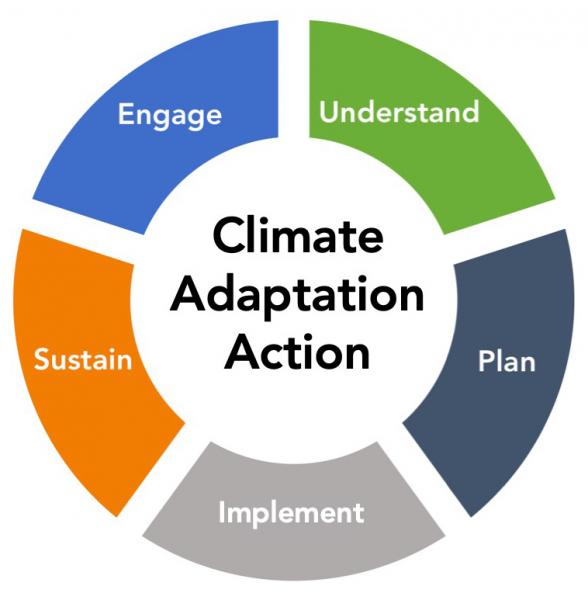
Climate change is throwing quite the curveball at public water utilities, demanding a nuanced and strategic game plan for adaptation. In Uganda, the National Water and Sewerage Corporation (NWSC) is stepping up to the plate, grappling with the ever-growing impacts of climate change on water supply and wastewater management.
Facing more droughts than ever, floods that come out of left field, and a whole mix-up in water quality, adapting is no longer an option, it’s a lifeline. NWSC is diving into the challenge, weaving adaptation planning into their playbook. It’s not just about weathering climate impacts; it’s about scoring big on operational efficiency and sustainability goals.
Navigating the climate adaptation playing field is like a tailor-made game for NWSC. Budget constraints and aging infrastructure are like opponents on the field, but NWSC is strategizing beyond just climate impacts, and the game plan is to synergize adaptation with broader utility concerns for a win-win situation, resilience, sustainable operations, cost-effectiveness, and reduced greenhouse gas emissions.
Recognizing that each utility has its unique priorities and resources, NWSC is customizing their moves. A comprehensive adaptation plan is the MVP, aligning strategies with specific needs without stretching resources too thin. It’s like a meticulous dance of identifying impacts, assessing risks, implementing adaptation options, and then, just to keep things interesting, revisiting the game plan for ongoing relevance and efficacy.
In a climate where models predict more plot twists than a thriller novel, flexibility becomes the secret sauce. NWSC is aligning adaptation with broader utility initiatives, making sure their moves in capacity building, emergency response, and sustainability planning are all part of a dynamic dance. This flexibility isn’t just a fancy move; it’s what helps utilities make robust decisions that can handle whatever curveballs climate throws at them.
But wait, there’s more. Beyond climate shake-ups, utilities are dealing with uncertainties in future energy prices and ecological conditions. Talk about a wild card! NWSC isn’t just waiting for the next surprise; they’re proactively managing resources and playing the long game with sustainable practices. Think energy management, green infrastructure, and water demand management, they’re not just addressing the present; they’re gearing up for whatever the future throws their way.
Cue the Adaptive Response Framework, the playbook for climate readiness. It covers everything from the basics of climate science to integrating impact considerations into planning. It’s like the guidebook for utilities aiming not just to survive but to thrive in the face of climate challenges.
Now, let’s talk about NWSC’s game plan. It’s not just about staying in the loop with climate science developments or casually considering climate impacts in decision-making. It’s about understanding organizational options, making moves in climate adaptation, and mitigating practices that put NWSC at the forefront of climate resilience.
As climate impacts keep evolving, NWSC’s proactive stance is more than a response to change; it’s evidence to the adaptability of public water utilities in the face of an unpredictable future.


